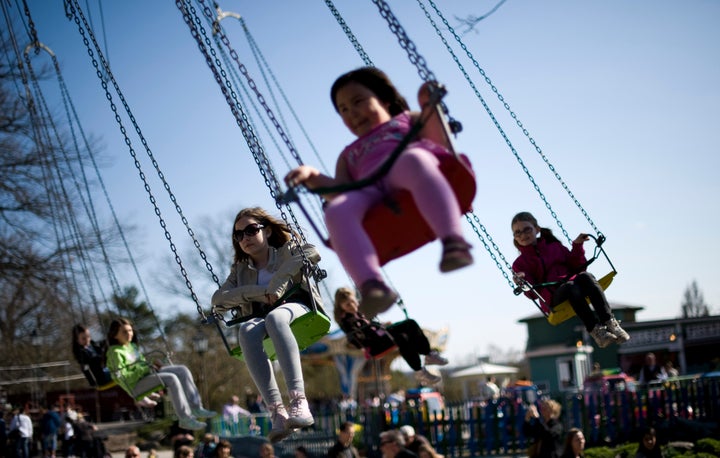
Question: What happens to youth who are unable to live in their own homes, usually because their parent/s abuse or neglect them for various reasons?
Answer: They go into foster care.
Currently, there are about half a million children residing in foster care within the United States. There are approximately 300,000 young adults, ages 18 to 25, who have spent at least one year in foster care. The average stay of a child is around 31 months, and the average age of a child who enters the foster system is about 10 years old. About 55 percent of foster children return to their original parents or guardians after foster care, with the implication being that 45 percent don't return to their parents. This is reason for concern. Foster care is very costly due to counseling, juvenile justices, foster home placements and social services provided to the foster youth. Foster children are a ward of the state until age 18, at which point many choose to leave the system. Consequently, many are unprepared and lost one they emancipate (after they turn 18 years old in most states and no longer receive foster services).
Many foster children are placed in loving homes and do fine. But the majority are faced with a lack of adequate schooling (due to being placed in multiple homes and transferring schools); lack of self-esteem; no stability with their birth families; have multiple placements with alternate families; and are often generally unprepared for life. The national high school graduate rate for foster children is about 50 percent, compared to about 70 percent as an overall U.S. graduation rate -- low educational achievement is a risk factor for these individuals becoming a drain on society later in life, a risk that is not their fault but a by-product of being in the system. In addition to the 50 percent drop out rate, only 1-2 percent will graduate from a four year college. Recent studies show that there is an inverse correlation between education level and employment rates.
Foster children's opportunities to thrive in their internal and external world are reduced as they feel a sense of lost identity. Given this outcome, many of the children in foster care may have problems trusting others, to the detriment of their ability to build and sustain relationships. There is little to no training or support as they make this transition.
Can you imagine for a moment these many challenges foster children have to overcome in making this transition? Kim can.
Kim was a foster child and later adopted. Her personal experience in foster care fuels her motivation to help and support others, which is why she founded REACH -- Realizing Every Action Creates Hope.
Too often, foster youth find themselves lost and unaware of what it takes to really become an "adult" at 18. This is even the case for non-foster children. However, REACH's benefits include reduced teen pregnancy, reduced homelessness, increased educational achievement and decreased juvenile delinquency. Youth with these risk factors become adults who struggle throughout life, many of whom will require costly social services, if not end up in the criminal justice system, which is one of the most costly government services.
For example, in California, the average cost of incarcerating an inmate is almost $50,000 per year. The cost of holding a juvenile in a residential facility is $71,000 for an average stay of 2 years. Nationally, it costs, on average, about $10,000 for a child to be in school. If we sent a child to private school it is $25,000 and for a private college it is about $35,000 (plus ancillary expense). There is abundant research that shows a strong relationship between education and the lack of crime and life stressors. Clearly, there are benefits to be had by investing in the lives of our foster youth before they end up in the juvenile justice and later criminal justice system.
Youth in foster care need a voice and an "after care" plan once they turn 18 years old. REACH is designed to help foster students in high school create that "after care" plan. The plan may include: college or vocational training; job placement; finding an interview suit; buying groceries with nutritional knowledge; mentorship; and much more! REACH gives its students the individualized approach to helping them find their personal attributes and tapping into their potential. Some of the training programs that REACH offers include: daily living skills; money management; self-care & social development; access to college scholarships; and work and study skills.
Currently, REACH is established in Chino, California and in Boston, Massachusetts. Considering that California has the highest population of foster children in America, REACH is starting-up in the Bay Area in California in October of 2011 to reach out to even more foster children and strengthen the American community.
To learn more about REACH and how to get involved in serving one of the most vulnerable populations in America, go to REACHFORYOU.org.